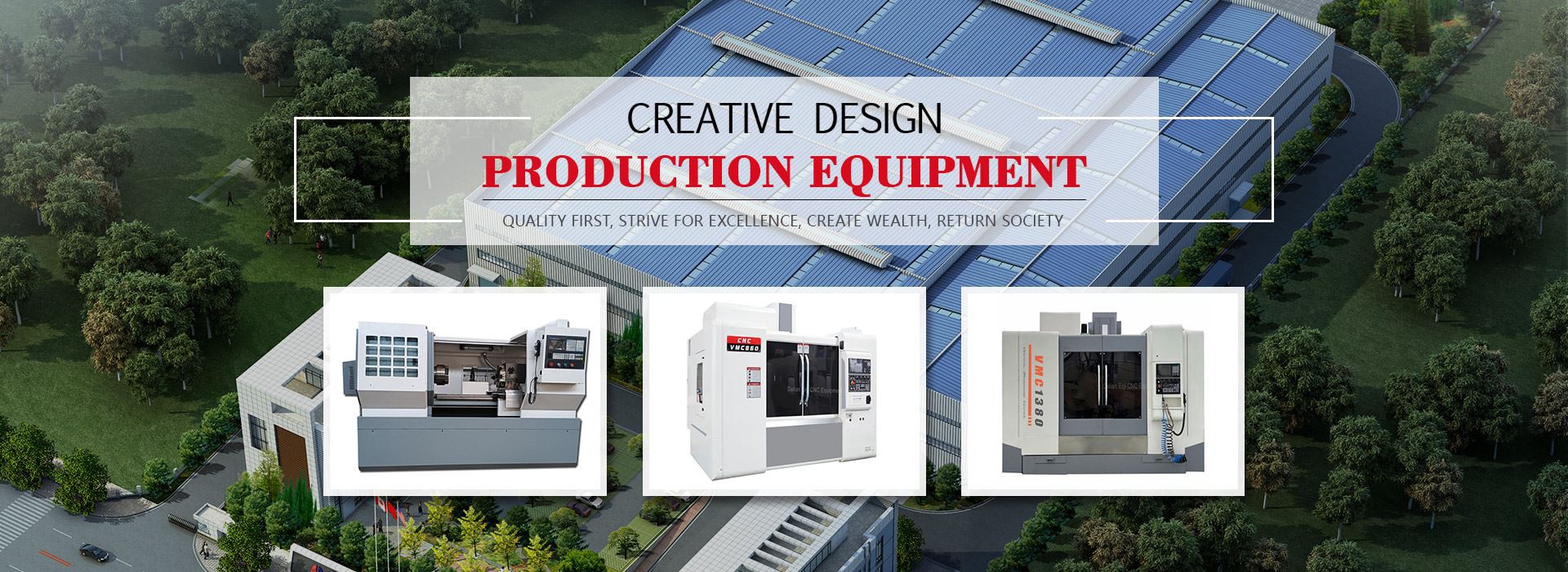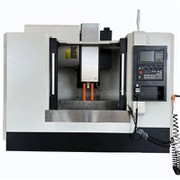How to ensure the accuracy and rigidity of machining centers?
Nov 12, 2023
Machining centers are representative of modern intelligent machining, which can not only improve production efficiency, but also greatly improve the accuracy and surface quality of component machining. Therefore, more and more manufacturing industries are adopting machining centers for machining. However, the machining accuracy and rigidity of machining centers are not fixed and unchanging. They are influenced by many factors, such as the structural design of the machine tool itself, material quality, control technology, tool selection, and temperature and vibration during the machining process.
1, Structural design of machine tools
The structural design of machine tools directly affects their machining accuracy and rigidity. The better the rigidity of the machine tool, the higher the machining accuracy, because the higher the rigidity, the smaller the deformation of the machine tool, thereby reducing errors during component machining. The main factors affecting the rigidity of machine tools include the design of the machine bed, processing quality, accuracy of the guide rail, and accuracy of the ball screw. In addition, the design of machine tools needs to consider the size and weight of the processed components, how to balance their loads, and optimize factors such as cutting tools and cutting fluids.
2, Material quality
The quality of machine tool materials directly affects the rigidity and durability of the machine tool. Metal materials generally have a certain degree of elasticity and plastic deformation. During the machining process of machine tools, due to the plastic deformation of the material, the bed body may deform and vibrate, leading to a decrease in the machining accuracy of the parts. Therefore, when designing machine tools, priority should be given to using high-quality metal materials, and professional heat treatment techniques should be adopted in the manufacturing process to improve the hardness and strength of the materials.
3, Processing control technology
Processing control technology is the core of machining centers and the key to ensuring machining accuracy. Processing control technology includes the control system of machine tools, programming techniques, and tool selection. The machine tool control system should have fast and reliable response capabilities to ensure high precision and stability in tool control during the machining process. Programming technology requires engineers to have professional machine tool programming skills, so that the machining process has efficient and accurate production capabilities. In addition, the selection of cutting tools is also an important factor affecting machining accuracy. Different cutting tools have different vibration resistance and wear resistance, and different tool speeds and feed rates can affect machining efficiency and quality.
4, Temperature and vibration during processing
In the machining process of the machining center, due to the machining requirements of the parts, the tool needs to be subjected to high-speed rotation and thrust, which will generate corresponding machining temperature and vibration. The generation of temperature and vibration can lead to instability of the machine tool, bearing damage, and other problems, resulting in a decrease in machining accuracy. Therefore, temperature and vibration should be strictly controlled during the machining process of machine tools to improve the stability and accuracy of the machining process. In addition, it should be noted that the lubrication and cooling system of the machine tool also needs to be maintained to ensure the stability of the machining process and the lifespan of the machine.







